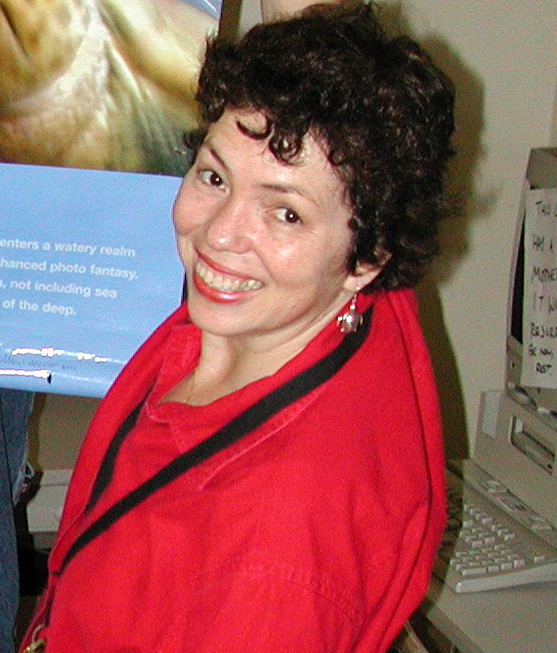The
Time of Our Lives:
Bridging the Generations
How it works:
"Among democratic nations each
generation is a new people." -- Alexis de Tocqueville
In The Time of Our Lives, students discuss their interpretation
of the words "generation" and "generation gap" and
try to come up with a word or phrase that best defines their own
generation. They access an online
article, "The New Generation Gap" by Neil Howe and
William Strauss, and discuss whether it has altered or confirmed
their beliefs about generations and generation gaps. The
students
use a worksheet to
interview a peer (or write about themselves) and an older person in
order to find out what each interviewee
considers to be the ten people and events that most shaped their
generation's consciousness. The
information from the interviews is used to create at least
three linking web pages, e.g., an introduction, past generation, and current
generation. The pages are written using html code with SimpleText or
another text program.
The students use the Internet to find sites about the
ten important people and events
cited by their interview subjects. They analyze several sites to find ones with the
most relevancy, credibility, information, and visual appeal. They
create links from the people and events to the corresponding sites and
create original graphics to
illustrate their web pages. After
creating pages for the past and current generations, each
student imagines what the next generation will be like and which events
and people will shape it, and they write and design fictional web pages to describe
them.
Standards addressed:
Students analyze values held by specific people who
influenced history and the role these values played, and understand how the
past affects their lives specifically and society in general, and
how past events are affected
by the irrational (e.g., the assassination of John F. Kennedy or
Archduke Francis Ferdinand) and the accidental (e.g., the "discovery" of
America by Christopher Columbus). They apply media, techniques, and
processes, and understand
how they are affected by the communication of ideas.
Materials
used:
Macintosh G3s with Internet access are used. Web pages are created
using SimpleText, and the
project can also be completed using a web-authoring program such as
Macromedia Dreamweaver or Microsoft FrontPage. Photoshop is used to
create accompanying graphics, and a scanner allows students to use
their own photographs.
- Generation worksheet (PDF
file)
- Rubric for Our Generations web project (PDF
file)
- Rubric for Final Project, The Next Generation
(PDF file)
The students:
The Time of Our Lives was designed for tenth-grade digital art students at the Institute for Collaborative
Education, a small New York City public school. The html code-writing
skills of the students ranged from inexperienced to moderate.
Overall value:
Your students will have the time of their lives
"talking 'bout" the generations. Each student interviews an
elder person and a peer (or themselves), and imagines the future as they
expound upon significant events and people that shape each generation.
They develop technology skills and bridge the generation gap as they
interview one another, their teachers, and the extended school family.
Tips:
Students (and teachers)
experience writing html code varies. There are numerous tutorials
online to learn the basic skills. |

About the teacher:
Meryl Meisler, digital art teacher at the Institute for
Collaborative Education, has taught art in the New York City public
schools
since 1979. She has received recognition as a Disney American Teacher in
the field of visual arts and serves on the Teachers Network Board of
Advisors.
E-mail:
merylart@earthlink.net
Subject Areas:
History
Technology
Grade Levels:
8-11
|